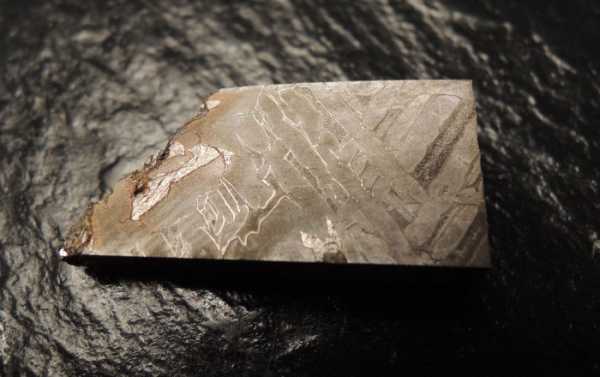
Researchers say that the crater has eluded discovery for over a century, although evidence has long pointed to a location somewhere within Indochina.
A team of international scientists have discovered the crater from the largest known meteorite to hit Earth. According to the journal PNAS, traces of the meteorite’s impact with our planet can be observed on approximately one tenth of the Earth’s territory. One may ask why researchers did not notice this huge crater, which is about 13 kilometres wide and 17 kilometres long, before. That is because it is buried beneath lava.
So how did they find it? Scientists know that the impact results in geological reactions, which in turn produce tektites, gravel-sized bodies of natural glass that are ejected from a meteorite impact. Studying those tektites, scientists were able to determine with high accuracy when the celestial body crashed into our planet. Researchers believe it landed in what is now known as Laos 790,000 years ago. In addition, scientists conducted field gravity measurements “to see if there is a gravity anomaly that would reflect a large buried crater”.
Sourse: sputniknews.com






